Sign up for daily news updates from CleanTechnica on email. Or follow us on Google News!
Standing in front of the solid awesomeness of the BYD Shark brought back to memory the surreal comments of a certain presidential candidate. He opined that he would rather be electrocuted than eaten by a shark. In Australia, legacy automakers might not get much choice — they may well be both eaten by Sharks and electrocuted!
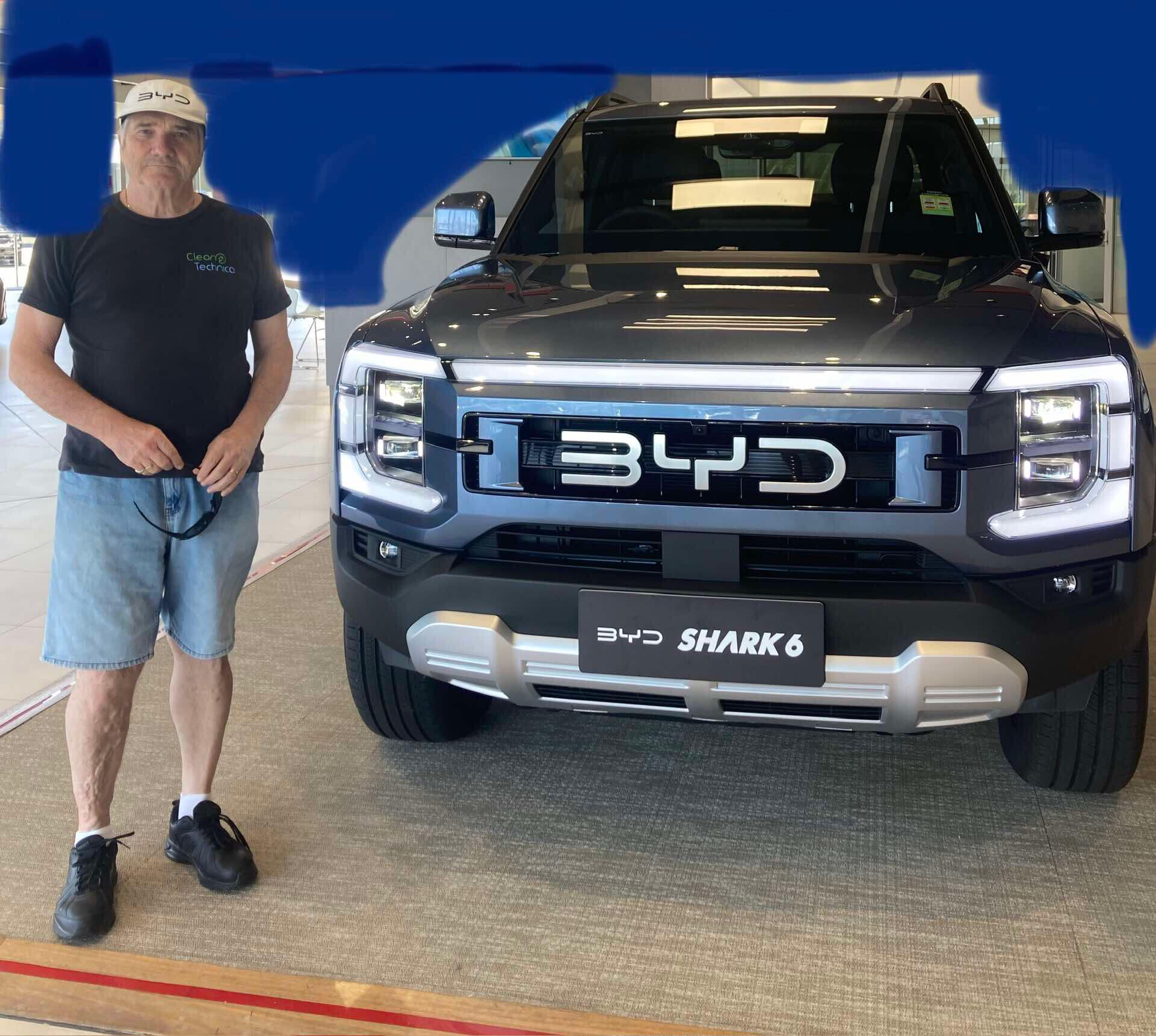
Every month, when commentators compile a list of the highest selling cars in Australia, the top three are always utes (light trucks). The last time I wrote on the subject, back in August, the top selling cars in the Australian market were the Toyota RAV4 (6,712 — note that most of these were hybrid electric vehicles), then the Ford Ranger (5,431), followed by the Toyota HiLux (4,496). And these models ain’t cheap!
Is the Aussie ute market ripe for disruption? You bet your bottom dollar! Over a quarter of a million utes were sold in Australia in 2023.
Despite all the promises from other automakers, it appears that only BYD has delivered. This is what we were promised 7 months ago: the JAC T9, the LDV Maxus GST, the Geely RADAR RD6, a Ssangyong (KGM), and a PHEV ute from BYD. All of these were expected to arrive in Australia this year. For next year, Ford is advertising its Ranger as a plug-in hybrid to be sold in Australian markets. An Isuzu D Max BEV and Kia Tasman EV ute should be here within 24 months. Toyota is trialling an “urban” ute prototype and Great Wall expects to have a BEV ute available for the Australian market. But when?
This morning, we went to see the BYD Shark up close and personal. The sales rep was most generous with his time, even though we were frequently interrupted. The massive ute has only been on display here for a few days, and yet he tells me he has had hundreds of enquiries. “In over 2 decades of working in the auto industry, I’ve never seen anything like it!”
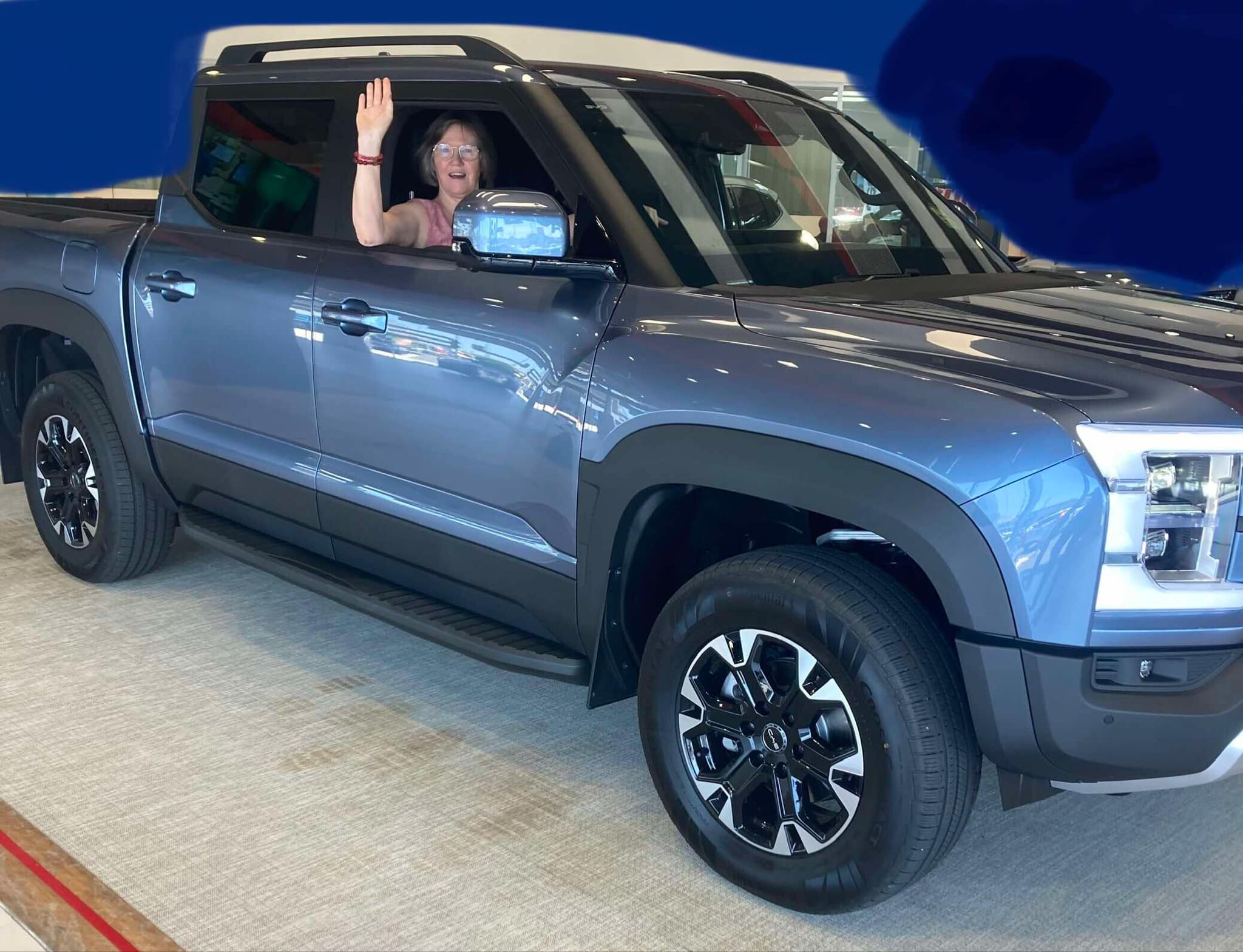
2024 hasn’t panned out as expected, but it looks like it will end with a bang. BYD is going to need a bigger boat! BYD seems to be the only manufacturer that has delivered for the consumer ute market. Yes, Advanced Manufacturing Queensland has converted Ford F-150 Lightnings and they are for sale, but with prices up towards AUD$200,000, only our mining companies can afford them.
When BYD announced the arrival of the Shark, a PHEV ute with almost a 100 kilometers of electric range, I knew our market was in for a shakeup. Not only is the BYD Shark selling for a price far under prices of the local competition, it is offering rapid EV acceleration, vehicle-to-load capability (Majella found four power points), high levels of technology, and comfort unheard of in a tradies or farmers work vehicle. The main complaint I am hearing is that many tradies would prefer a tray-back option. We checked this out and were told it would be difficult to retrofit a tray back because of the amount of technology and hence wiring built into the sides of the ute tray.
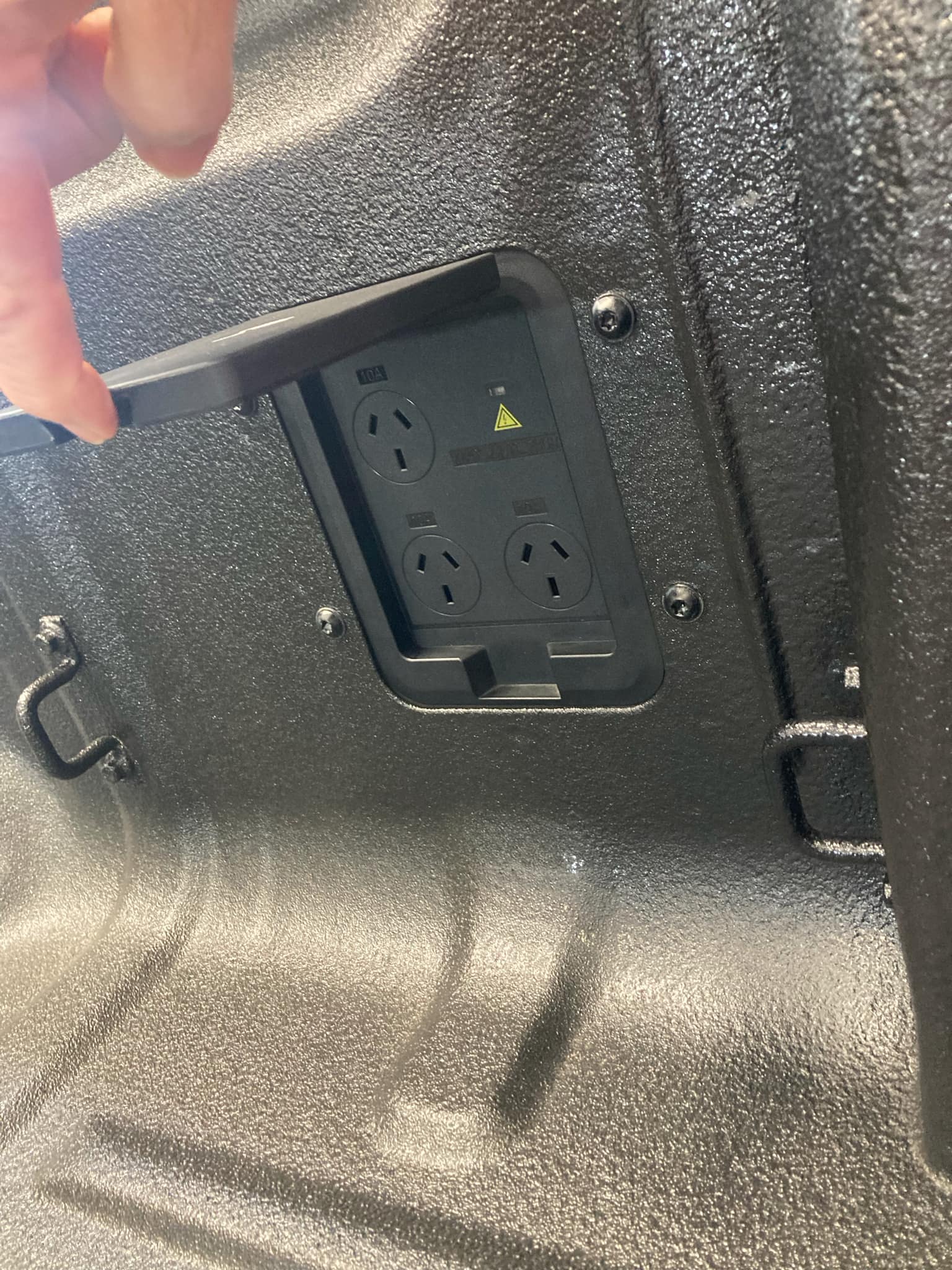
Let’s briefly compare the Shark to the Ford Ranger PHEV due out mid next year. The Ford Ranger comes with 40 km of all-electric range. One word for this: pathetic! Comments on dedicated Facebook pages indicate that prospective buyers are cancelling their Ford orders and ordering the BYD. So many orders, in fact, that the BYD page crashed under the load. So far, at least 10,000 expressions of interest have been received. It’s a bit like the launch of the Sealion 06.
Purists will argue that a PHEV is not a true EV. Let us not make the perfect the enemy of the good. Chinese PHEVs come with large batteries, as most Chinese families only have one car. The large battery allows them enough power for their daily commute whilst the petrol option allows for long weekend drives. Some have been using the phrase “EREV” — Extended Range Electric Vehicle — again, long after the death of the Chevy Volt. Just what we need, another acronym. Read more about that here.
With a price under AUD$60,000, it is no wonder that BYD has so many expressions of interest. And this is without any test drives! The Ford Ranger PHEV is expected to be closer to AUD$75,000. Many of the upgrades that add to the purchase price of a Ford are included as standard in the BYD. Meanwhile, the Cybertruck is touring Australia, but you can’t buy one!! Come on, Tesla, enough with the foreplay — let’s get to the main event!
According to carsales.com, BYD Australia has ordered more stock (after selling out the available 2,000 vehicles in the first 24 hours) and expects to outsell both the Toyota Hilux and Ford Ranger on a monthly basis. BYD is aiming for 5000 sales per month to achieve this. Liu Xueliang, BYD Asia Pacific auto sales general manager, said there was no limit to the number of vehicles that could be supplied to the Australian market. The Shark is currently manufactured in Zhengzhou, Henan Province, China.
A more technical review can be found here. In summary, it is faster than a Twin Turbo Ford Ranger Raptor — 0–100 km/h in less than 6 seconds. I am impressed — that’s almost as fast as my Tesla Model 3! The BYD PHEV Shark ute drives like a real EV. I am looking forward to stories of how the car performs in the real world.
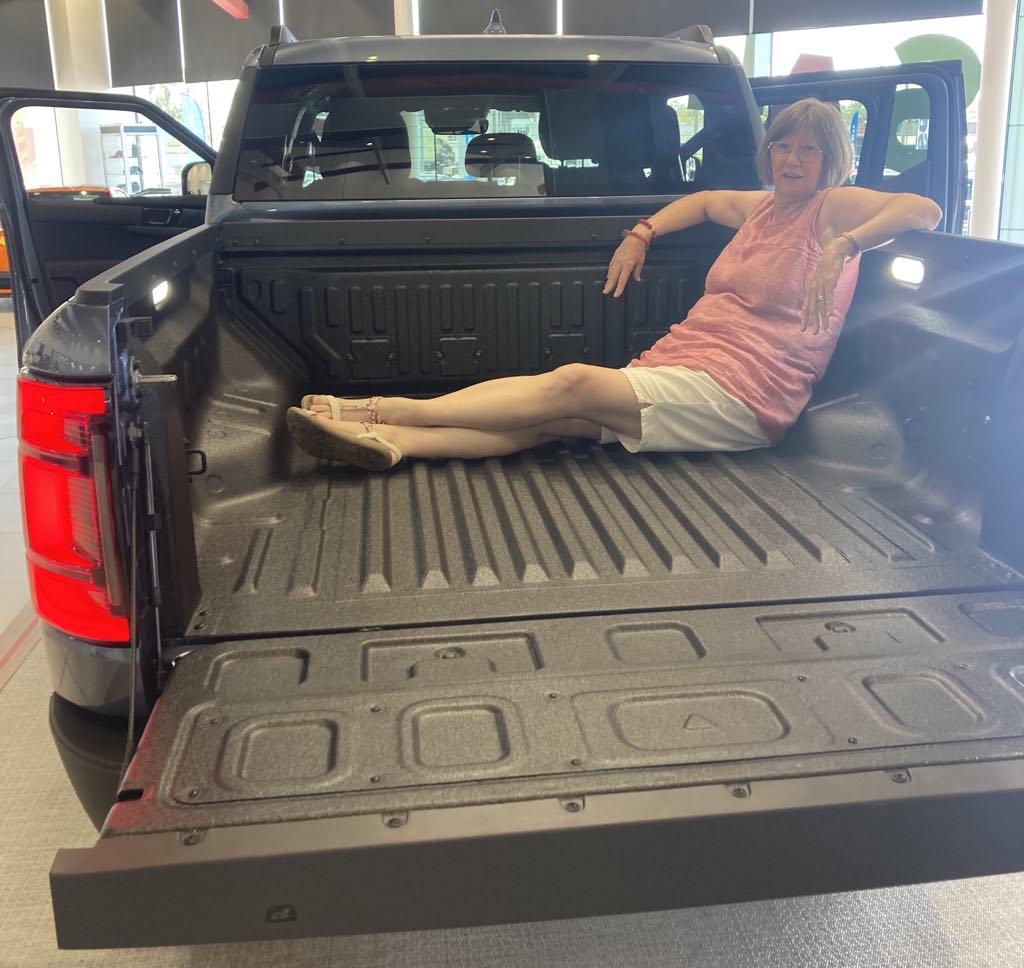
Facebook groups for people interested in the Shark seem to be sprouting up like mushrooms. On one page (which already has over 4000 members), the question was asked, “What are you planning to trade in?” There were a whole range of answers. My favourite one was “Welcome to the dark side!” to those who were planning to trade in their Ford Rangers.
Owners were moving to the BYD Shark from a Colorado LTZ, a Tesla Model 3 (he misses having a ute), a Nissan Navara, a Honda CRV, a Stinger, a Delica, a Volvo XC90, an Isuzu D Max, a Volvo XC 60 diesel, and, of course, a Ranger Raptor. Some expressed concerns about whether the Shark will perform as well, but in the Aussie tradition, they were willing to “give it a go.” Some who had wanted a ute but felt the prices were too high are ordering a Shark as a value-for-money decision. They are looking forward to transporting “stuff and dogs, going off roading and camping,” all in an economical electric ute.
Only one said they would use it as a city car with an occasional camping trip. Not sure how the shopping will go without a covered tray. Another hopes the BYD Shark will handle the sand dunes as well as his Ranger.
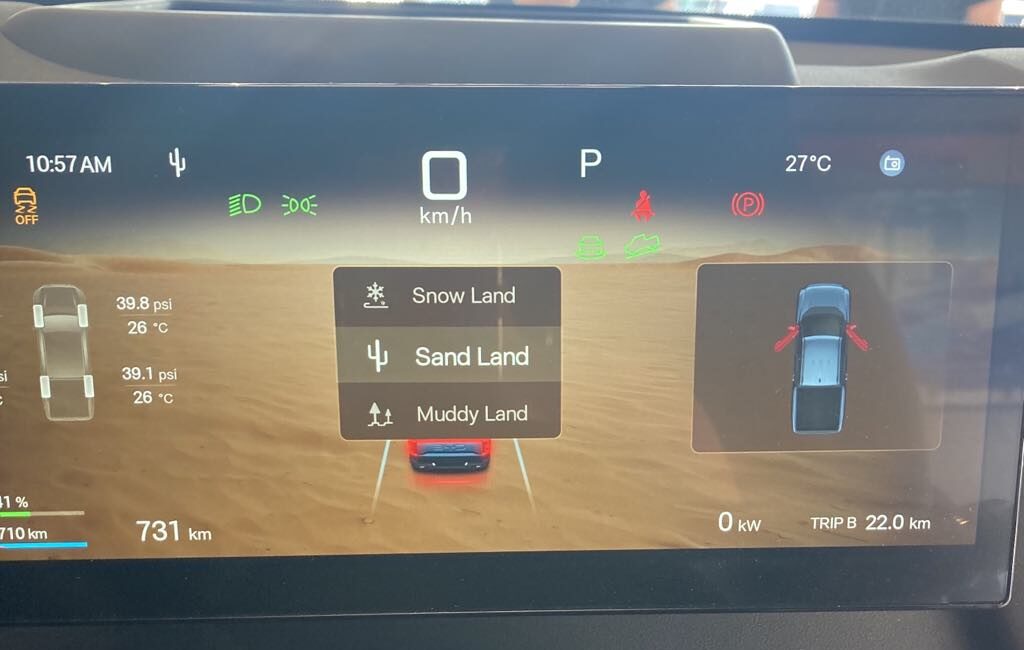
Surprisingly, on our recent trip to China, we saw very few last-mile delivery vehicles, let alone utes. It would have been nice to see a BYD Shark driving around Chengdu — perhaps chasing some Seagulls, Seals, and Dolphins.
Another big problem for us … it doesn’t come in red. Perhaps BYD will put one out in dolphin pink for the farmer who is more inclusive, or the tradie ladies? Will 2025 become the year of the electric ute? Perhaps the automakers who have promised an electric ute for 2024 will see the success of the Shark and get in on the action. There is plenty of market share to fight over. Even if it is just BYD, the future of this slice of the Australian auto market just got much brighter and more electric.
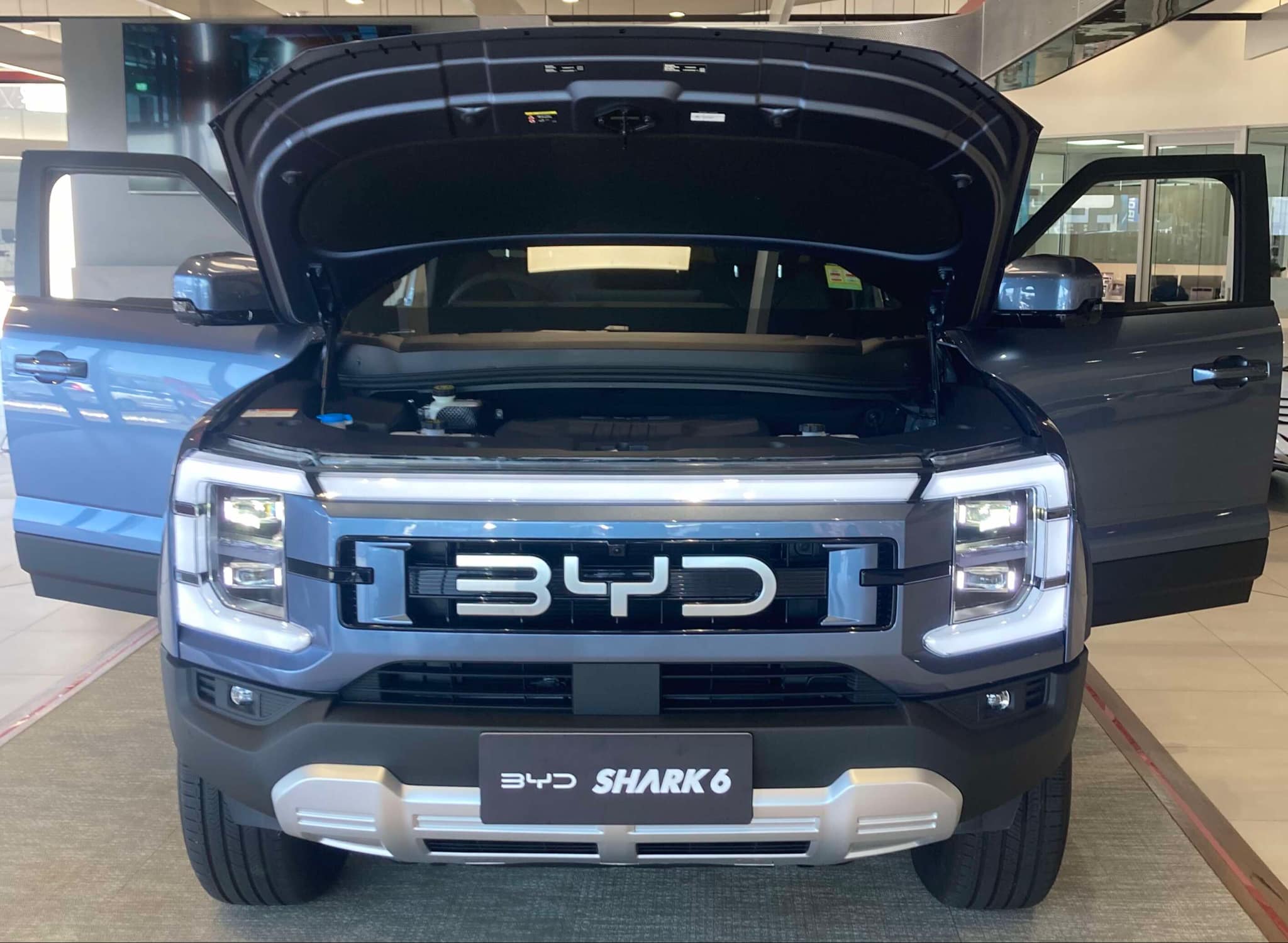

Chip in a few dollars a month to help support independent cleantech coverage that helps to accelerate the cleantech revolution!
Have a tip for CleanTechnica? Want to advertise? Want to suggest a guest for our CleanTech Talk podcast? Contact us here.
Sign up for our daily newsletter for 15 new cleantech stories a day. Or sign up for our weekly one if daily is too frequent.
CleanTechnica uses affiliate links. See our policy here.
CleanTechnica’s Comment Policy




